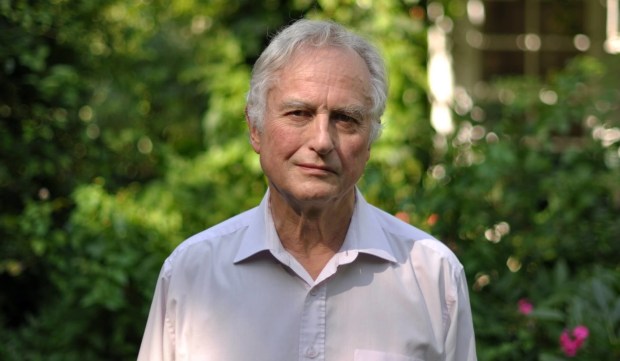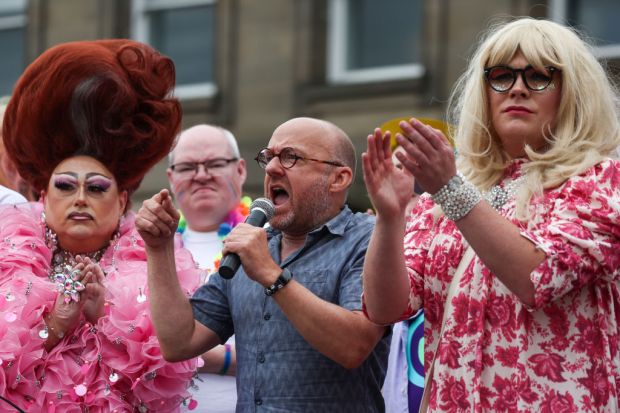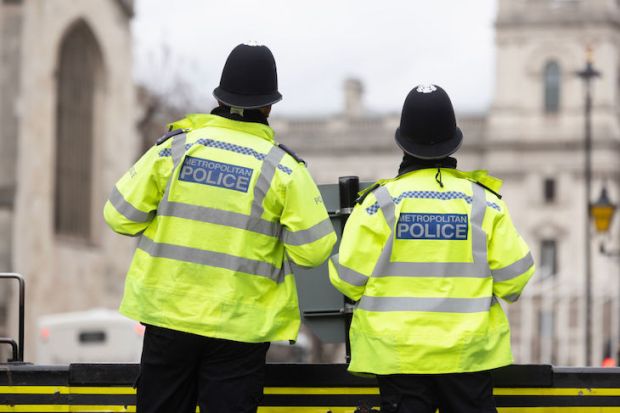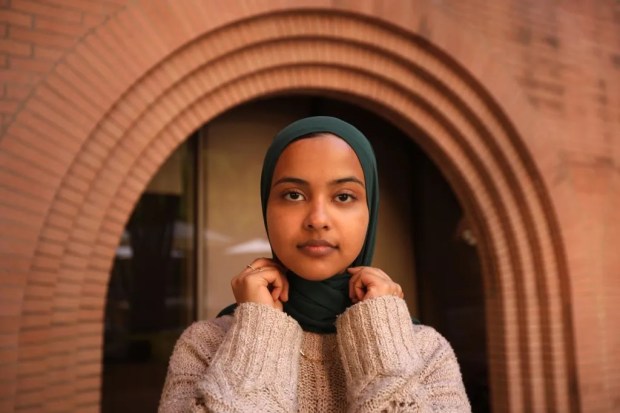James looks nothing like Johnny Depp. For one thing, he is a lot taller than the 5 foot 8 star; and unlike Depp, he doesn’t sport 37 tattoos. But James identifies with much the Pirate of the Caribbean star is telling the court in Virginia (and the millions following proceedings through social media).
The first time James was attacked by his wife, he convinced himself it was a one-off. They had had a row over the quality of a meal they’d shared at the local restaurant. Suddenly his wife rushed at him, battering him with her fists. He was shocked, but thought she must have drunk too much. He caught her hands in his and spoke soothingly until she stopped trying to hit out. Life resumed as normal. Until that is, one night when James was lying in bed, and his wife pinned him down and began spitting on him.
This was back in 2001. It took James six years, during which time he suffered repeated assaults with cutlery, bottles of wine, books and food thrown at him, to finally consult a GP. When he arrived in the surgery, despite sporting bruises and welts all over his arms, the doctor dismissed him with a weary, man-of-the world sigh:
‘Look, for some individuals a degree of physicality is normal in their relationships – perhaps due to circumstances in their upbringing – I see no legitimate cause for concern or action.’
The GP was the first of a long list of practitioners who made James feel like he was either a wuss or a fantasist.
Being one of the more than 700,000 male victims of domestic abuse in England and Wales is a bit like the Man Bites Dog story: arresting, but so counter-intuitive, few can take it seriously. Domestic abuse is routinely portrayed as a gendered crime, perpetrated by men against women. And as Amber Heard taunted Johnny Depp: ‘See how many people believe or side with you’ when you’re a hunk claiming to be abused by a woman. Yet the truth is that one-third of domestic abuse victims are men.
‘The default narrative is that the victim is a heterosexual woman with an abusive partner,’ Mark Brooks, Chairman of the Man Kind charity, says, ‘and this is so widely accepted that many of the men who call us are not sure they are victims of domestic abuse because they have been told for years that men can’t be victims of domestic abuse. But if professionals do not overcome their cognitive bias with respect to men in this situation, how can they help them?’
Dr Elizabeth Bates, at the University of Cumbria, has been interviewing male victims for more than a decade. The men she has spoken to have highlighted the humiliation they suffered, not only at the hands of their perpetrators, but in their encounters with police and social workers.
‘They did nothing,’ one 47-year-old victim told her, ‘I reported abuse to police several times and they took no positive action. Social workers took matters very lightly and even took the perpetrators’ side, as if they didn’t believe me.’
Even specialist helplines could not overcome their scepticism. Another 40-something victim described calling a domestic abuse helpline:
‘They listened and then rapidly the tone changed, and she told me I only thought I was being abused and that I was the abuser and that I needed help dealing with all of the anger and violent abuse I was causing….and that I needed to turn myself in. I hung up, terrified.’
Health professionals are typically apprehensive when it comes to asking patients about domestic abuse. In our report, ‘No Honour in Abuse: harnessing the health service to end domestic abuse’, which examines the issue through a health lens, the Centre for Social Justice found that GPs, health visitors and clinicians routinely failed to ask questions about home life or couple relationships. Domestic abuse was the elephant in the room and health professionals approached it on a fear-to-know basis. This was all the more so when the potential victim was a man. A survey of 1,368 men attending 16 general practices in the Southwest of England found GPs had never asked them about domestic arrangements, their relationship with their partner or spouse. No surprise then that the men were more likely to seek support from family and friends.
Even doing this is difficult. The stigma attached to being a male victim of domestic violence means that only a fraction will come forth and admit to being abused by the woman in their life, according to Mark Brooks. Yet one in ten men in contact with mental health services were experiencing, or had experienced, domestic abuse.
The effects of abuse on men includes sleep deprivation, increased substance abuse, anxiety, depression, PTSD, and suicide ideation. Coercive control is also present, with reports of starvation, 24/7 monitoring, threats of having their children taken away or losing their relationship with their children: and then there is being forced to penetrate a female partner – a practice disclosed by as many as one in five male victims – that leads to guilt, shame and, needless to say, sexual dysfunction.
Fewer disclosures and fewer resources have left male-focused services and refuges under-represented, under-funded and patchy. Covid-19 lockdowns saw a surge in disclosures by male victims. Mark Groves, CEO of the National Centre for Domestic Violence reported a 50 per cent increase in male victim requests from March to September 2020.
‘The increase in men coming forward is positive but puts a huge burden on those organisations supporting male victims,’ he said. ‘We are lucky to be able to cope with an additional overall 30 per cent increase but smaller agencies seeing increases of 50 per cent are facing massive stretches on their resources.’
Limited resources to tackle domestic abuse sets up damaging competition between supporting female and male victims. Groups supporting women have the advantage of an argument that packs an emotional punch: harrowing images of battered wives are all-too familiar, but a bloke cowering in a corner as his wife approaches him with a burning hot iron, not so much. Yet the lack of support for male victims, let alone male perpetrators and, probably the least supported of all, female perpetrators, fails women as much as men and their children most of all. Refusing to engage with the perpetrator allows them to go on abusing: one in four male perpetrators will go on to abuse several more women in their lifetime. Refusing to support the male victim risks perpetuating the cycle of abuse that can trap children into repeating their parents’ behaviour.
A recent survey carried out by the For Baby’s Sake Trust found that parents who experienced domestic abuse as children were more likely to experience domestic abuse as grown-ups and shame is the biggest barrier to seeking help.
‘This helps to explain the kind of support that mothers and fathers need to break the cycle of domestic abuse for themselves and their children,’ explains Amanda McIntyre, CEO of the Trust. ‘Parents want to give their baby the best start, but when they grew up with domestic abuse, their support needs to address unresolved trauma from their own childhood.’
The Trust’s own intense (and often months-long) therapeutic intervention has been engaging perpetrators and victims when they are expecting a baby – the most ‘teachable moment’, according to their practitioners. A King’s College London evaluation described the programme as the first to address key limitations in responses to domestic abuse. They are transforming parents’ and babies’ lives, reducing levels of abuse in 70 per cent of cases, according to an evaluation conducted by the university.
This kind of work is vital, though all too rare. We at the CSJ are calling for a parallel strategy in healthcare and charities to provide equally strong support for female and male victims of domestic abuse – and for male and female perpetrators.
The jury is still out on whether the Depp-Heard trial has raised awareness sufficiently about this issue for male victims of domestic abuse to step out of the shadows. But leaving one in three victims of domestic violence to fend for themselves simply because of their sex cannot be right. It’s time to ditch our preconceptions.
Got something to add? Join the discussion and comment below.
Get 10 issues for just $10
Subscribe to The Spectator Australia today for the next 10 magazine issues, plus full online access, for just $10.




















Comments
Don't miss out
Join the conversation with other Spectator Australia readers. Subscribe to leave a comment.
SUBSCRIBEAlready a subscriber? Log in